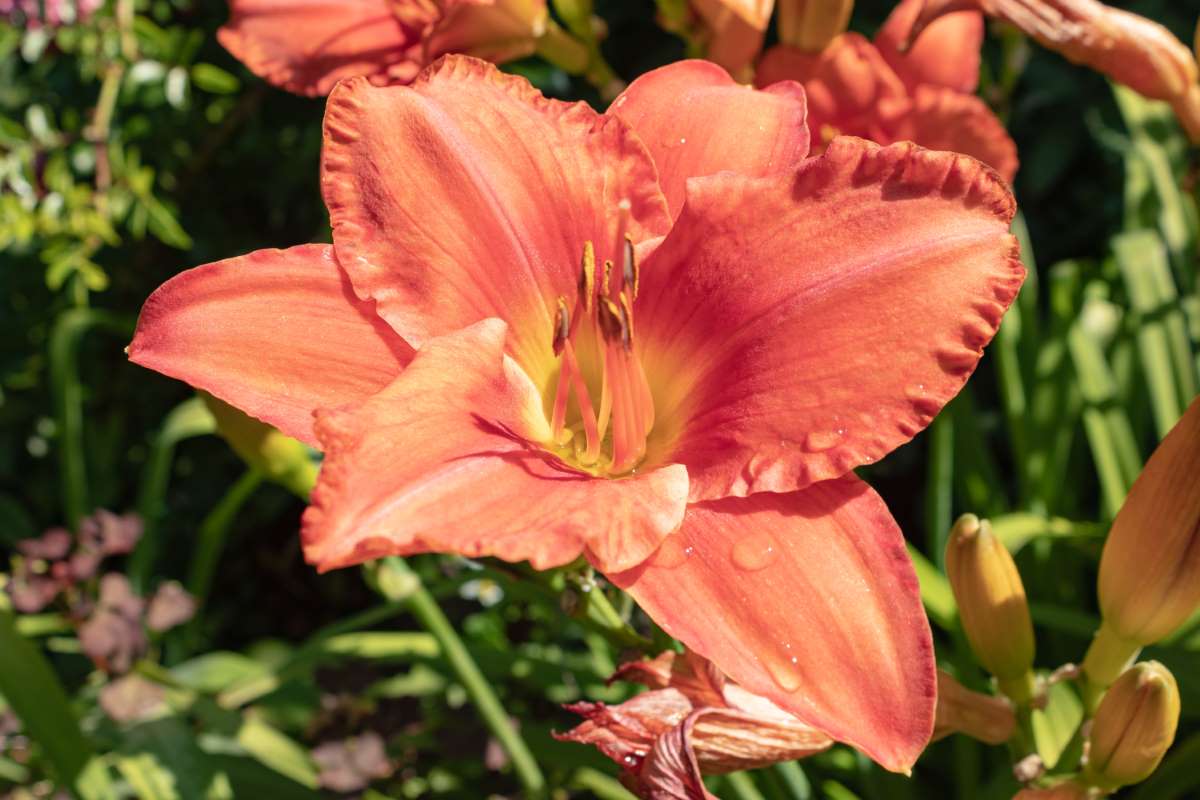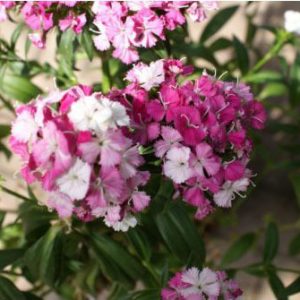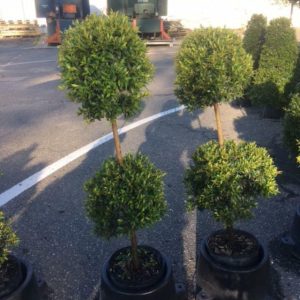Description
Hemerocallis – Daylily –
There are about 15 species and with over 50,000 cultivars of evergreen, semi evergreen, and herbaceous perennials, in this genus. They occur Daylilies are found at forest margins, in mountainous areas, marshy river valleys, and meadowland in China, Korea and Japan. They are mostly clump forming, and occasionally rhizomatous, with arching, strap shaped, dark green leaves, usually 30-48″’ long, but often only 9-14″ long in dwarf or compact species and cultivars. Flowers are often fragrant, held on erect stems, mainly from late spring to late summer. Many daylilies are remontant, flowering repeatedly during the season. The flowers range in color from almost white through yellow and orange to dark purple and deepest red-black. Most flowers last for only one day, in nocturnal daylilies, the flowers open in late afternoon, and last throughout the night. The flowers of extended-blooming daylilies remain open for at least 16 hours. The flower size varies from 3″ miniatures to giants” or more, single or double and plant height ranges from 24″ to 36″ tall.
Grow daylilies in a mixed or herbaceous border, some are effective planted in drifts in wild garden. Dwarf daylilies are ideal for a small garden or for containers.
Grow in fertile, moist but well drained soil, in full sun. Water freely and apply a balanced liquid fertilizer every 2-3 weeks. Mulch in late autumn or spring. Divide every 3-5 years in spring or autumn. Dry conditions and excessive shade will reduce flowering. Place with care flowers will turn to the sun. Generally daylilies are hardy in Zones 3-10.
Prone to rust, hemerocallis gall midge, aphids, spider mites, thrips, slugs and snails, crown rot, bacterial leaf rot, and stem rot.
H. ‘Red Rum’ – This semi evergreen diplooid grows 16″ tall. It produces erect, bright green leaves. In mid season,, it bears remontant, star shaped, deep brick-red flowers, 4 ½” across, with thick, crepe-textured tepals and yellow green throats, atop slender stems.





